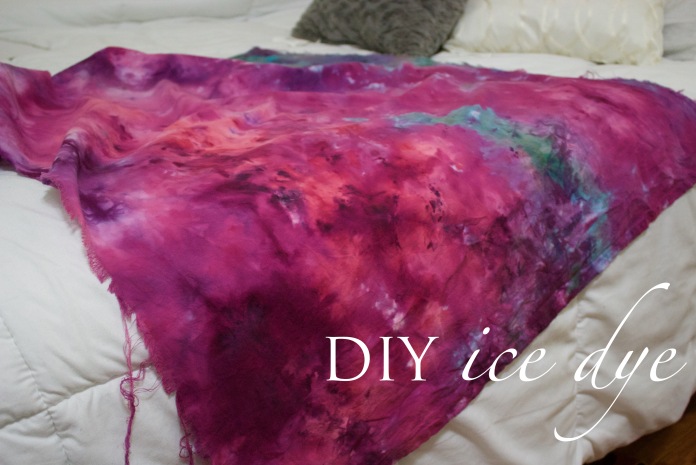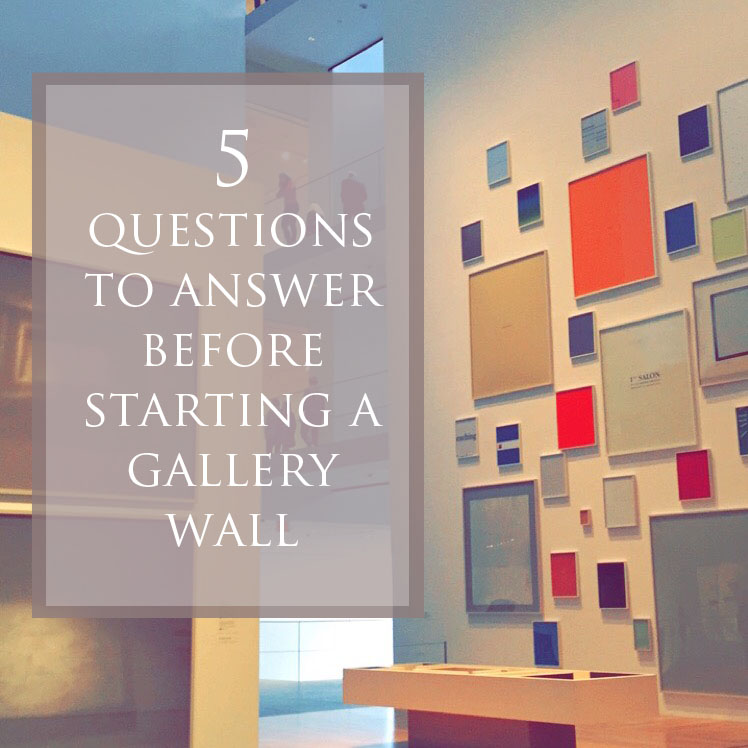
The best part about thrift shopping is getting amazing clothes for a bargain. A Calvin Klein red rain coat for $5. Yes! Ralph Lauren sweaters for under $10? Hell yes! Despite these steals it can be hard to get the desire to go to the thrift store, especially when I don’t have the time or patience. Here are some of my tips so you can have a hassle-free and enjoyable time when you go thrift shopping.
- Go in with a plan: Looking for a denim jacket? Need a new party dress? Either way, think about what you are really looking for and make sure you go to those sections first. Thrift stores are overwhelming and sometimes very scattered, so being organized will help you prioritize your time.
- Dress appropriately: I get it, your chunky heeled boots, bodycon dress, or 10 layers of clothes make you look very stylish; however, they’re not the most practical things to wear. I don’t care what people say, leggings and a plain t shirt make trying on clothes very easy. If you do want to still be dressed up then choose clothes that will be comfortable when trying on the item you are looking for. For example, if your number one priority is to get a new pair of jeans then dress in something that will make trying on pants easy. The point here: dress in an outfit that will be very easy to take on and off in the dressing room.
- Don’t buy something just because of the price: I get it. I’m a sucker for deals too, but don’t let that trap you into something you will never wear. In the end you’ll end up wasting your money.
- Do not buy something that needs to be altered (unless you are actually serious about altering it): If you are anything like me you will try something on in the fitting room, make plans in your head about the changes, and then go home and never do it. Unless you have the skills to make the changes yourself then don’t buy it. Also, sometimes getting something altered can be more expensive than the actual product you are buying, so be cautious of that.
- Ask yourself “how am I going to style this with items I already own?” Great, you found a fur jacket that you like. You’re in the dressing room already imagining how to embrace your inner Kim Kardashian by matching the jacket with a tight dress and knee-high heeled boots. Well, do you even own the tight dress and boots? Unless you have a very eclectic style, then make sure you are able to match it with clothes you already own so you can get the most use out of your clothing item.
- Inspect, inspect, inspect: Even if that Marc Jacobs shirt is only a dollar it’s not worth getting it if there is a stain, rip, or other problems. Just like tip #4, don’t get it unless you are actually able to deal with the problem.
- Wander into the mens section: If you have a much more casual style like I do then don’t be afraid to look in the mens section. It’s the perfect place to find a t-shirt or perfectly oversized winter jacket.
- Don’t limit yourself to clothes: Thrift shopping is supposed to be fun, so while you are at your local Savers or Goodwill check out other sections. I have found polaroid cameras, books, home decor, and vinyl records for really great prices!
- Know the discounts: Most thrift stores offer discounts on certain days of the week or for holidays, so check with your favorite thrift stores to see when you van get items for a really great discount!
Good luck thrift shopping! Let me know what some of your best finds have been.
#sparkinbloom






















